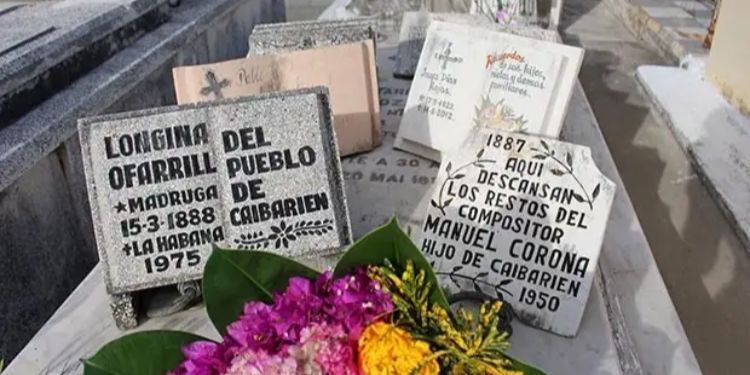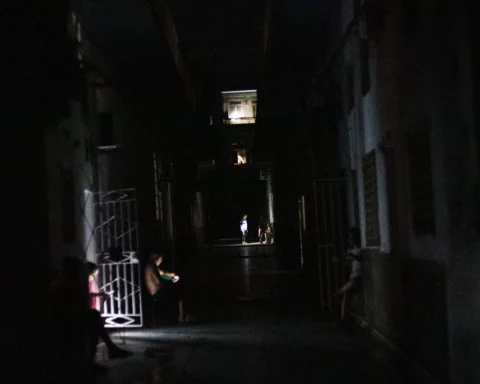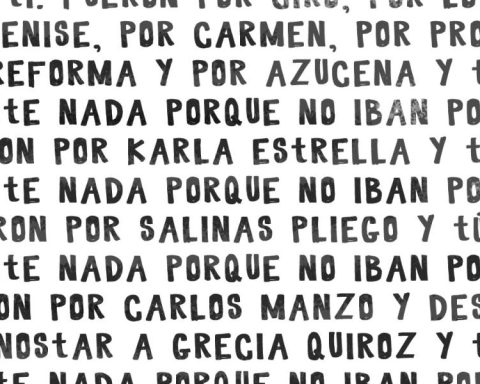Havana Cuba. – According to the Cuban musicologist Radamés Giro, when he was only 10 years old, the villareño troubadour Manuel Corona began his musical production, back in 1890, with a bolero inspired by him entitled “Double unconsciousness”. At that time, the future author of “Longina” did not know that his name and work would be revered by all generations of troubadours that followed him.
In 1908 he gained popularity with the song “Mercedes”, and thus one of the most distinctive features of traditional Cuban trova began to take shape: composing songs with women’s names, extolling the female figure, real or fictional, as an omnipresent muse, and according to the gender construction of the time. Manuel Corona was the troubadour who dedicated the most songs to women. In these works, the use of an elegant language established in the literary tradition is particularly appreciated, sometimes so high-flying that, separated from the lyrics of the musical arrangement, they constitute authentic poems.
Corona often used to answer the songs of other troubadours with his own, without provoking, but showing off his skills as a lyricist and his peculiar mastery of the guitar, an instrument that he learned to play “by ear”, violating various rules for its correct execution. It is said that Corona plucked all the strings with the index finger of his right hand, a habit that left other guitarists in awe, because despite the obvious limitation that this entailed, the sound that emerged from his playing was wide, precise and clean. .
This generation of troubadours, to which Pepe Sánchez, Manuelico Delgado and Pepe Bandera from Santiago also belonged, was admirable not only for the quality of their works; but for his literary sensitivity and way of expressing himself despite not having received careful instruction. Almost none of them surpassed the primary level of education and they earned their living with common trades: shoemakers, blacksmiths, carpenters.
Music was an extra that helped to live, but, above all, to dream. Even when he composed guarachas where popular language expressions predominated, Corona skimped on originality and good taste. It has been said that he was the creator of the so-called “costumbrista guaracha”, but in his repertoire there was room for the most diverse musical genres (sones, danzones, blues, tangos) and all the variants of the Cuban song.
The author of “Longina”, “Aurora”, “Mercedes” and the very famous “Santa Cecilia” died in Havana on January 9, 1950.
Receive information from CubaNet on your cell phone through WhatsApp. Send us a message with the word “CUBA” on the phone +525545038831, You can also subscribe to our electronic newsletter by giving click here.

















